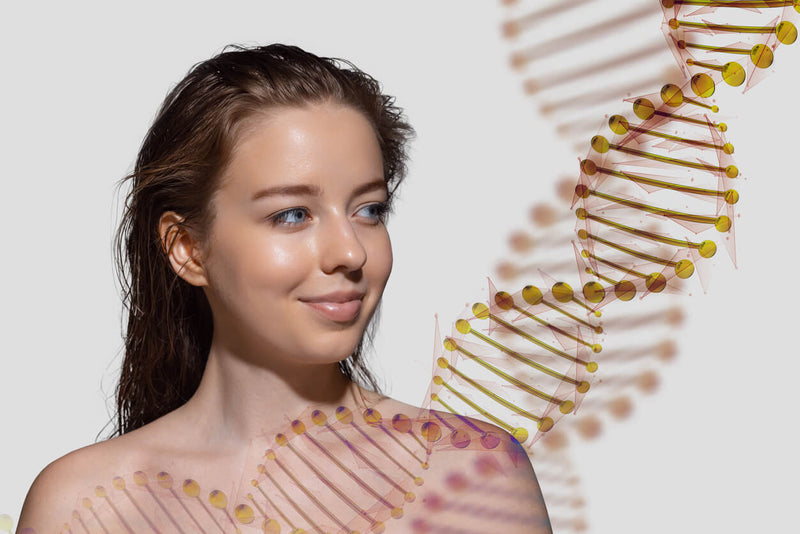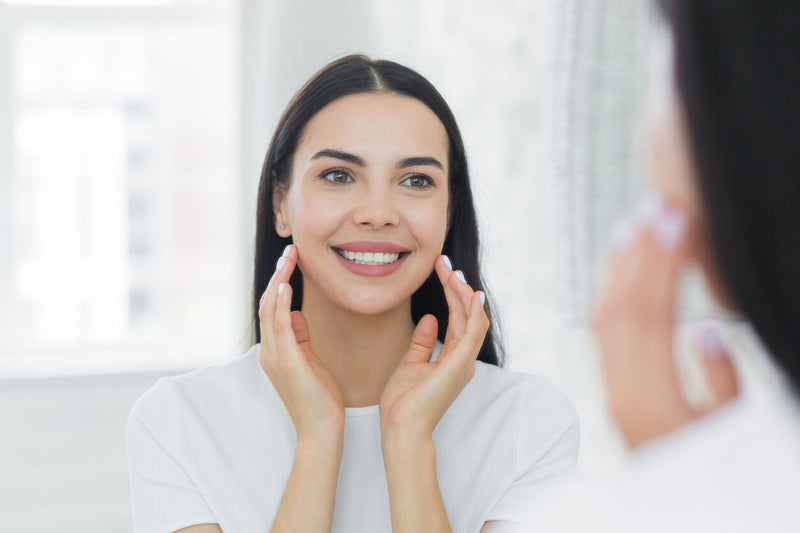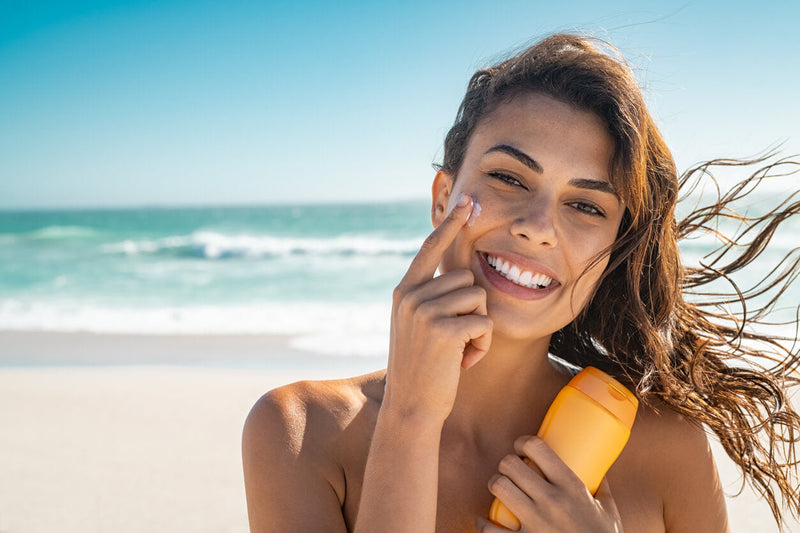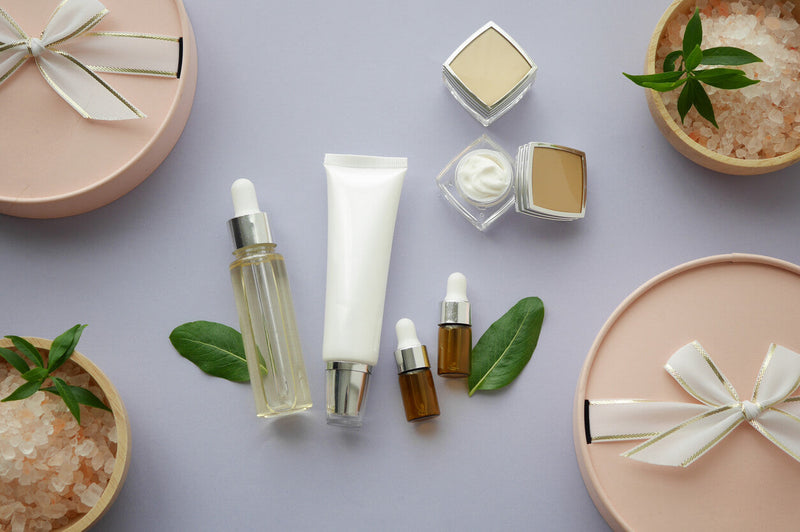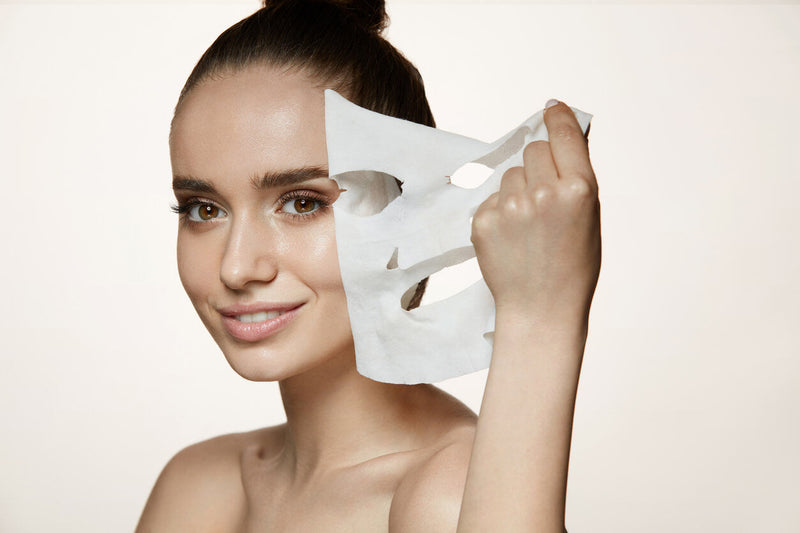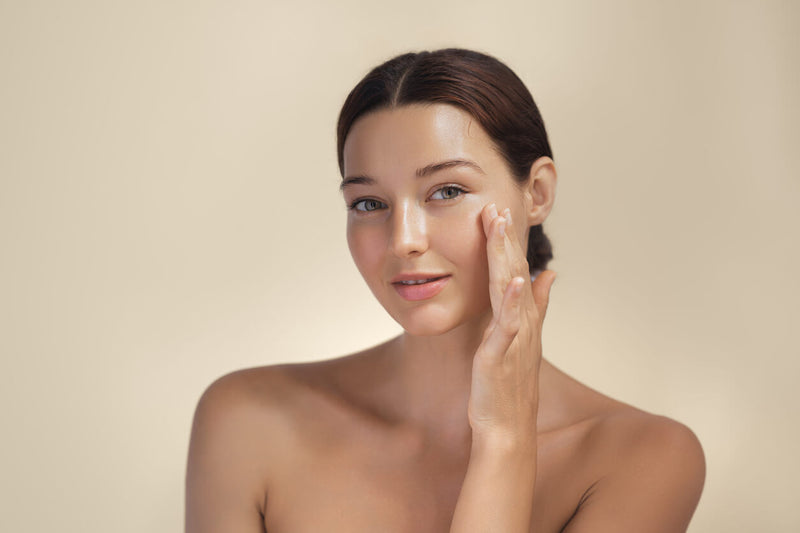

Not all acne is created equal. Blemishes that you think are acne could probably be skin purging. This happens when you notice breakouts popping out here and there while using a new skincare product or brand. The idea behind skin purging is “it has to get worse before it gets better”, which is why many see this process as frustrating.
Continue reading as we dive a little deeper into skin purging, why it happens, what ingredients cause purging, and how you can manage it or minimize its severity.
What exactly is skin purging?
Skin purging is the skin’s response to certain active ingredients that speed up skin cell turnover. It is the process of eliminating toxins and impurities after the introduction of new ingredients or products in your skincare routine. Skin purging typically shows up as tiny red bumps that can be accompanied by comedones (black and white heads), as well as papules, pustules, and even cysts.
This process typically lasts between four and six weeks about the time it takes for the skin to turnover naturally. With skin purging, it might look like your skin is getting worse, but what’s happening is faster skin regeneration. Your impurities reach the skin surface quicker than usual leading to an acne breakout, which is actually skin purging.
What causes skin purging?
In most cases, the common culprits are products with active ingredients that exfoliate and accelerate skin cell turnover. It is important to keep in mind that skin purging has more to do with the active ingredients instead of the products themselves. Nevertheless, you are more likely to purge with products that you leave on your skin rather than those you remove or wash like cleansers.
Topical products (creams, moisturizers, and serums) with active ingredients that cause purging are those that:
- Exfoliate the skin
- Unclog pores
- Increase skin cell turnover
- Help boost collagen production
- Lighten pigmentation and dark spots
What products/ingredients cause skin purging?
Here are the active ingredients that are most likely to cause skin purging:
-
Alpha-Hydroxy Acids (AHAs) and Beta-Hydroxy Acids (BHAs) – Both promote the skin’s natural exfoliation process. AHAs are water-soluble acids that help with sun damage, fine lines, and wrinkles while BHAs are oil-soluble acids that can target clogged pores and uneven skin texture. Salicylic acid is the most common BHA, while AHAs include glycolic acid, lactic acid, citric acid, and mandelic acid.
-
Retinoids – accelerate the skin cell turnover and cause clogging, redness, or peeling during the starting period or adjustment phase. They have skin exfoliating properties and can help boost collagen and reduce fine lines and wrinkles. Retinoids include retinol, vitamin A, adapalene, tretinoin, tazarotene, isotretinoin, and retinyl palmitate.
-
Benzoyl peroxide – kills the acne-causing bacteria and speeds up cell turnover. Benzoyl peroxide is great for acne but not ideal for those dry or sensitive skin types, as it causes dryness and irritation.
-
Vitamin C – can sometimes cause breakouts because it exfoliates the skin. Vitamin C is ideal for brightening the skin and fading dark spots. It is also an antioxidant that protects the skin from free radicals and sun damage.
-
Azelaic acid – works similarly as an AHA or BHA, but is neither of the two. It is ideal for acne-prone and sensitive skin types because it is a gentler acid that can boost cell turnover. It can help treat skin conditions such as mild to moderate acne, rosacea, and skin discoloration.
-
Mechanical or physical exfoliants – use particles, granules, scrubs, or brushes to slough away dead skin cells. It helps unclog pores and boost cell turnover but this technique can dry and irritate the skin, especially for those with sensitive skin types.
- Fruit and enzyme exfoliants – act similarly to hydroxy acids and get rid of the damaged skin cells on the upper layer of the epidermis. They help with skin renewal, which can lead to purging. These can include grapefruit extract, raspberry extract, pomegranate extract, blackberry extract,etc.
Skin purging vs acne
|
SKIN PURGING |
ACNE BREAKOUT |
|
Shows up in commonly troubled areas |
Shows up in new areas |
|
Appears as clusters of small, white bumps or zits coming to a head |
Larger, painful bumps that can be red, swollen, or itchy |
|
Lasts within a month and heals faster |
Last longer than 4 weeks |
|
Caused by actives and exfoliating ingredients |
Caused by comedogenic products, allergens, hormones, etc. |
|
Doesn’t leave a scar |
More likely to leave marks and scarring |
How to deal with skin purging
Here are a few tips that can help better care of your skin during purging.
- Be patient – give your skin time to adjust to the new products. If you think you’re purging, wait for the process to be complete. If your skin issues, however, persist beyond six weeks or more, consult a skin or aesthetic doctor.
- Don’t touch your face – resist the urge to pop, pick, or squeeze your blemishes. The same is true for adding new or more products to your routine.
- Ease in – consider using the product once a week in the first week, twice in the second week, and so on until you’re using it regularly or every other day. Check out our previous blog on how to introduce new products into your routine.
- Wash your face with a gentle cleanser – avoid harsh or abrasive face cleansers. And if you have sensitive skin, choose a formula suitable for your skin type. Dr. Sylvia’s Sensitive Cleanser with Aloe Leaf Water is formulated with soothing ingredients that make it gentle enough even for rosacea-prone skin.
- Don’t forget to moisturize – even with purging or breakouts, you still need to moisturize. Make sure to choose a formula that is oil-free and non-comedogenic. Dr. Sylvia’s Hydra Pro is a lightweight, non-greasy formula that hydrates and nourishes without leaving any oily residue.
- Always wear sunscreen – UV radiation can make acne and other skin issues worse. Protect your skin from the sun by wearing broad-spectrum sunscreen and practicing other sun protection measures.
- Change your pillowcases – this is because your pillowcase absorbs oils, sweat, and dead skin cells as you sleep. This is especially true if you’re purging or have oily/acneic skin. Change them two to three times a week.
Make us your skincare partner
Need to elevate your skincare regimen with medical-grade products? Dr. Sylvia Skin Care can help! You can also contact Cutis Medical Laser Clinics and book a consultation with our aesthetic doctor in Singapore for skin concerns and issues you wish to treat or manage.









